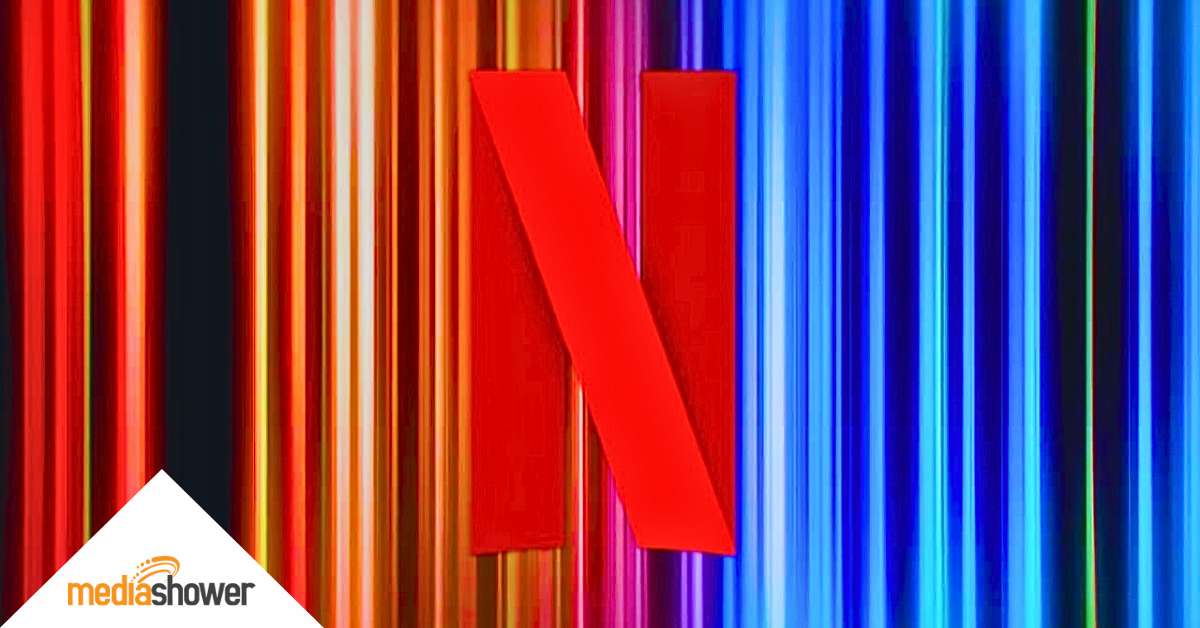
Quick Summary
- It’s a classic David vs. Goliath story. A rebellious rebrand of anti-smoking messaging made teens the heroes—and Big Tobacco the villain.
- No-holds-barred ads put a common practice into a startling perspective. The campaign’s authenticity, data-driven creativity, and strategic media mix set new standards for public health marketing.
- The results were as disruptive as the message: A 22% drop in youth smoking and $1.9 billion saved in healthcare costs.
In the battle of PR titans, few stories rival the audacity of “truth.” This was no brand launching a new sneaker or soda. It was a youth-led public health initiative taking on a multi-billion-dollar industry that practically invented modern advertising.
And it worked.
The truth campaign, launched in the early 2000s, didn’t just disrupt tobacco marketing—it reversed it. Smoking among teens plunged by more than 20% in a decade.
For society, this was a health victory. For marketers, it was a masterclass in using your opponent’s greatest strengths against them.
Let’s dive into how truth flipped the script—and why it’s still the blueprint for cause-driven marketing today.

“I worked where people smoked. I chose not to. But I got lung cancer anyway.” – Source
Background: Setting the Stage
By the late 1990s, the tobacco industry had mastered marketing to kids. They were selling cigarettes with a side of rebellion, independence, and coolness. (One mascot, Joe Camel, was literally a cartoon character that appealed to children.)
Celebrity endorsements, lifestyle ads, and youth-centric campaigns were everywhere, despite growing evidence of health risks. Teen smoking rates reached a troubling 34.5% in 2000.
That same year, the landscape shifted. The 1998 Master Settlement Agreement (MSA) forced billions of dollars out of Big Tobacco pockets for health-related damages. It also severely restricted how tobacco companies can market to youth.
One major outcome was the creation of the American Legacy Foundation (now Truth Initiative), funded by tobacco settlement money and tasked with reducing youth smoking.
The stage was set. But truth didn’t follow the well-worn path of scare tactics and PSAs. Instead, it rewrote the rules.

“We’re going to need more beds.” (Click for video)
Campaign Overview
Honesty’s power comes from how it clearly shows us what we’ve been pretending not to see. Truth leaned into this idea to demolish fact from fiction and let the audience decide what happens next.
Core strategy
Truth’s guiding principle was simple: Reveal, don’t restrict.
Instead of wagging a finger, it pointed a spotlight on tobacco company practices, internal research, and shady strategies. The campaign spoke directly to 12- to 17-year-olds in a language they understood: real, raw, and rebellious.
Its message was part anti-smoking and part anti-corporate manipulation – with an emphasis on the latter, because no teen likes being told what to do.
Creative execution
Truth ads featured actual tobacco industry memos, meeting notes, and quotes from executives. They were delivered by real teens, not actors, against the campaign’s signature orange branding.
The ads confronted uncomfortable truths. They didn’t overhype, but they also didn’t sugar coat. In one, they read from internal memos describing young people as “replacement smokers.” In another, teens stacked body bags outside a tobacco company’s headquarters.
No lecturing. Just truth.
Truth: Body Bag, 2015.
Key Success Factors
Authenticity over authority
Truth understood that teenagers don’t want to be told what to do, especially not by adults. So it skipped the preaching and focused on:
- Peer-driven storytelling. Campaigns featured youth voices with no gloss or spin.
- Fact-first messaging. Truth relied on irrefutable data, not fear-based tactics.
- Cultural resonance. Teens craved authenticity, and truth gave them something to believe in.
Strategic positioning
Truth repositioned smoking not as rebellion, but as conformity. (Want to be a pawn of Big Tobacco? Go ahead and smoke. Want to be a real rebel? Fight back.) The strategy was:
- Enemy shift. The campaign targeted tobacco companies, not individual smokers.
- Empowerment. Teens were portrayed as activists, not at-risk youth.
- Identity alignment. The message synced perfectly with youth culture’s distrust of authority.
Media innovation
This was more than a TV campaign. Truth moved fast into digital spaces just as teens were logging on:
- Early adoption of digital. From websites to forums, truth met teens online.
- Experiential events. Truth Tour activations brought the message to music festivals and schools.
- Cross-channel storytelling. The campaign bridged traditional and emerging media.

“In 1990, a tobacco company put together a plan to stop coroners from listing tobacco as a cause of death. . . . Why would they try to do that?”
Innovative Elements
Documentary-style advertising
Before “leaked memos” became a media genre, truth was there. Its most powerful creative came from repurposing tobacco companies’ own words as incriminating evidence.
It traded sensationalism for raw excerpts from internal documents. A teen reading from a document hit harder than any dramatization. It felt like journalism with an edge.
Movement building
Truth hit the streets with more than a message—the campaign sparked a movement. The Truth Tour bus rolled across the country, stopping at concerts and campuses to mobilize young activists.
Long before TikTok, Truth encouraged real participation. Teens connected through events, merchandise, and shared values. Even with national funding, the campaign never felt top-down.
Compilation of truth ads, 2000-2006.
Impact and Results
Truth won awards and changed behavior. The numbers are staggering.
- Youth smoking fell by 22% in the campaign’s first decade (2000–2010).
- 450,000 teens avoided smoking between 2000–2004 alone.
- A Johns Hopkins study estimated $1.9 billion saved in healthcare costs.
- By 2022, teen smoking dropped to just 2%, down from 23% in 2000.
The campaign’s cultural impact was equally profound. It earned a spot in Advertising Age’s Top 10 Ad Campaigns of the 21st Century and redefined what cause marketing could look like: edgy, engaging, and effective.
Truth orange: Truth 2.0
“A Breath of Stress Air.”
The truth campaign hasn’t ended, but it has evolved.
The original campaign was launched in 2000 to expose Big Tobacco’s manipulation tactics. It was backed by the Truth Initiative (formerly the American Legacy Foundation), a nonprofit born from the historic 1998 tobacco settlement.
Over the next two decades, as teen smoking dropped to record lows, the organization kept its eye on emerging threats—like vaping.
Truth orange is the campaign’s next act.
Truth orange is still run by the Truth Initiative. But it now targets youth vaping with the same strategy that made the original campaign so effective: Confront the industry’s playbook, use cultural fluency, and speak on the audience’s level.
This time, however, the battleground is digital. Truth orange uses surreal visuals, sharp satire, and documentary-style storytelling to call out vaping’s false promises—mental clarity, stress relief, harmlessness.
Campaigns like the fictional “Depression Stick” and “Breath of Stress Air” flip vape marketing on its head, showing nicotine’s mental health impact through brutally honest creative.
Depression Stick.
Truth orange remixes the original campaign’s tactics, but the beat remains the same. Like the original Truth commercials, a truth orange ad feels like a disruption rather than a PSA. They treat Gen Z like co-conspirators, not at-risk statistics.
Same mission, same organization, same refusal to sugarcoat. Truth orange remixes the formula for today’s media landscape—but it’s still truth, and it’s still lighting a fire under Big Nicotine.
Marketer Takeaways
- Turn competitor strengths into weaknesses. Study your opponent’s tactics, not to copy, but to flip. Truth hijacked Big Tobacco’s rebellious image and turned it into fuel for activism.
- Authenticity drives engagement. Forget corporate polish. Real stories told by real people build trust, especially with skeptical audiences.
- Create movements, not just messages. Brands that build communities win. Truth connected with teens by inviting them to be part of something bigger.
- Reframe established narratives. Truth’s genius lay in seeing smoking as conformity and manipulation. A simple flip that changed the whole game.
Media Shower’s AI marketing platform helps you craft campaigns that lead with truth. Click here for a free trial.


